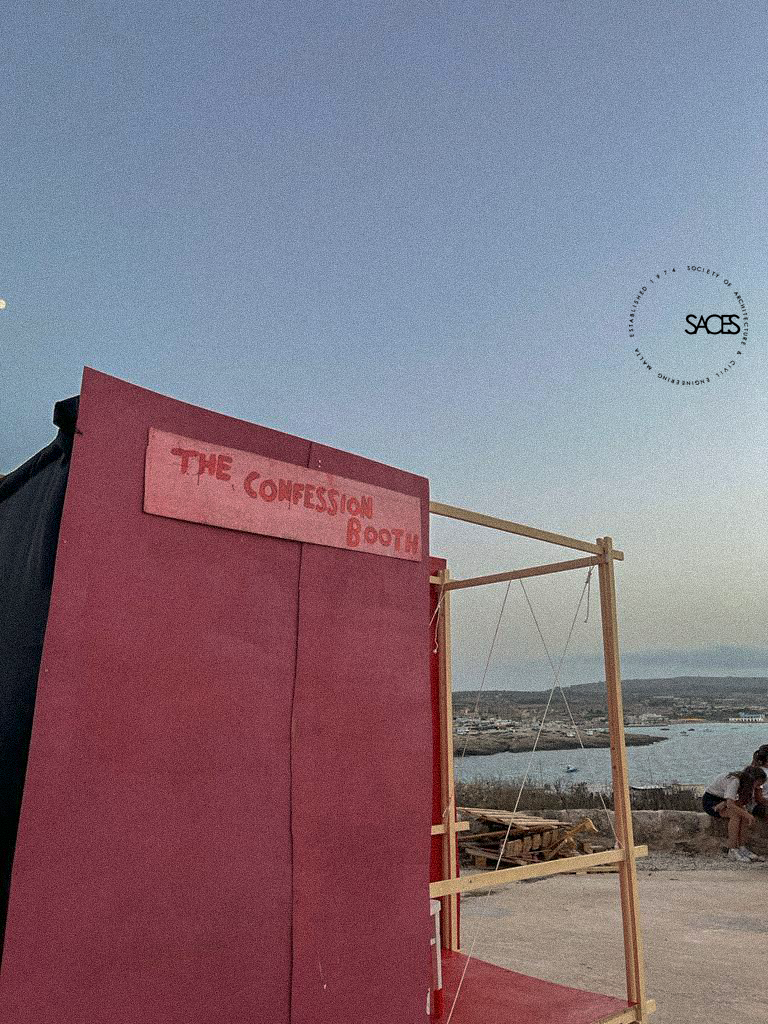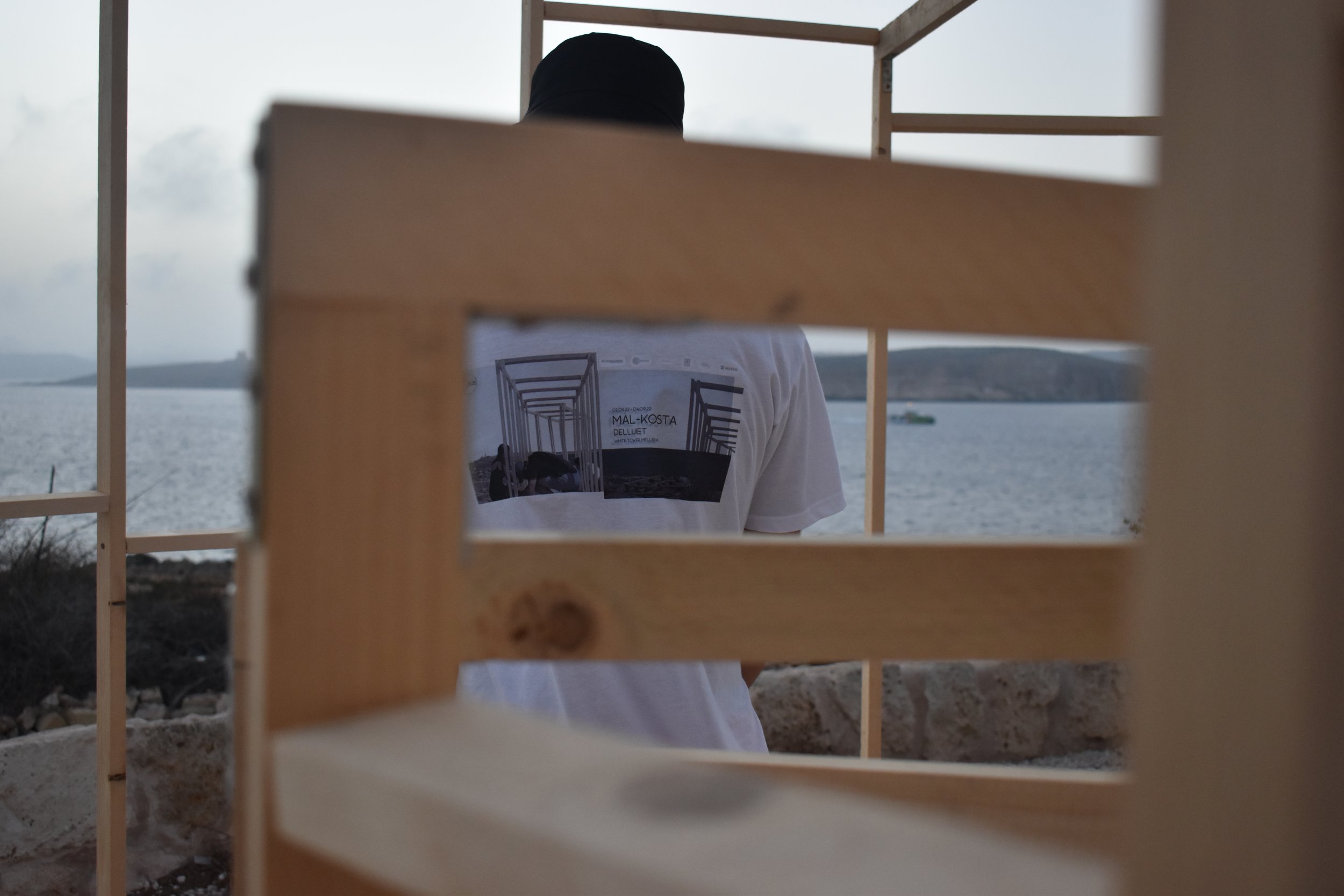A Turning Point in Malta’s Urban Development
The Villa Rosa redevelopment project in St.Julian’s has been a source of controversy in Malta for the past few years. Initially envisioned as a modest low-rise complex, the project evolved into a towering high-rise plan with buildings reaching up to 34 stories. This drastic shift sparked widespread public outrage, drawing fierce criticism from environmentalists, political leaders, and residents alike. Key concerns included the destruction of natural ecosystems and the irreparable impact on Malta’s distinctive coastal environment.
The 2022 proposal for the Villa Rosa site, submitted under application PA/07254/22, outlined an ambitious "iconic tourism complex" that significantly diverges from the original plans approved in PA/2478/16. The revised design included “two towers of 27 and 34 levels”, alongside a “low-lying hotel of four levels below street level”. The project also proposed 789 “serviced apartments with dedicated amenities”, two hotels offering a combined 256 rooms, office spaces classified as Class 4A, a multi-purpose hall, retail outlets, food and beverage facilities, and three levels of parking. This new design represented a dramatic escalation in scale, with the developer aiming to establish a mixed-use hub that prioritized tourism and commercial ventures.
Despite a 2023 Environmental Impact Assessment warning of severe risks to air quality, biodiversity, and marine ecosystems, the project initially secured approval. Public opposition escalated as the government revised local plans to accommodate the development, triggering accusations of favouritism and neglect of environmental protections. Activists such as Moviment Graffitti led protests, while political parties demanded greater accountability and transparency.
Following months of mounting public pressure and political contention, authorities have now taken steps to revoke the project’s permit, signaling a significant shift towards prioritizing environmental stewardship and public interest.
Villa Rosa Redevelopment Permit Revoked: What Happens Next?
The Villa Rosa redevelopment project has taken a dramatic turn after Malta's law courts, led by Chief Justice Mark Chetcuti, revoked the Planning Authority’s (PA) permit renewal for the site in St. George’s Bay. This decision has left the 48,723-square-metre development without a valid permit, as the original approval granted in 2018 has expired, and its 2023 renewal has now been annulled.
Why Was the Permit Revoked?
The court’s decision came in response to an appeal by local residents, who highlighted procedural failures in the application process. Crucially, no site notice was displayed at the Cresta Quay location to inform the public about the pending renewal application. Additionally, the address listed for the development, "Villa Rosa, Ix-Xatt ta’ San Ġorġ, San Ġiljan," did not reflect the full scope of the project, which extended across multiple areas, including the Cresta Quay site. Despite the Planning Directorate recommending the permit’s revocation, the PA board overruled this advice, sparking accusations of negligence and favouritism.
The Original and Revised Proposals
The original 2018 permit envisioned demolishing two historic British-era buildings—Moynihan House and Dolphin House—to make way for commercial spaces, a boutique hotel, offices, and villas with private pools. These structures have already been demolished, despite the court's ruling. The 2023 renewal expanded the project to include two high-rise towers of 35 and 27 stories, invoking the contentious "Height Limitation Adjustment Policy" for hotels to exceed local plan height limits.
The developer, Anton Camilleri, argued that the redesign was necessary to adapt to Malta’s changing tourism demands. However, residents and activists saw this as an attempt to push through a project that would permanently alter the area’s character, casting shadows over St. George’s Bay, the Ħarq Ħammiem Valley, and nearby homes.
Implications of the Court’s Decision
The annulment of the permit renewal leaves the project in limbo. With no fallback approval, the developer must now navigate a challenging path to reapply under new planning guidelines, which are still under revision. This decision is significant as it decreases the developer’s ability to proceed without adhering to stricter environmental and procedural standards.
Notably, the Planning Authority is revising the local plan to accommodate the potential high-rise project. Critics argue this process is being tailored to the developer’s needs, undermining the principle of public interest. Over 2,500 objections have been submitted during the public consultation phase, which many have called a "sham consultation" aimed at legitimizing the high-rise towers.
The Public’s Response
Activists, including Moviment Graffitti, have celebrated the court’s decision as a victory for residents and environmental advocates. They continue to highlight the risks posed by the project, including threats to the Ħarq Ħammiem cave, increased traffic, noise, and pollution, as well as the impact on the valley’s biodiversity and the bay’s natural beauty.
The public has also expressed frustration over the lack of transparency in the local plan review process. Many objectors noted that Malta does not face a shortage of tourism facilities, and there is no evidence to support claims that high-rise developments are necessary to attract “high-quality” tourists.
A Turning Point for Urban Development in Malta?
The Villa Rosa case underscores growing concerns about Malta’s rapid urbanization and the prioritization of private interests over community well-being and environmental conservation. With the permit revoked, the focus shifts to whether Malta can establish a more transparent and equitable planning process.






















